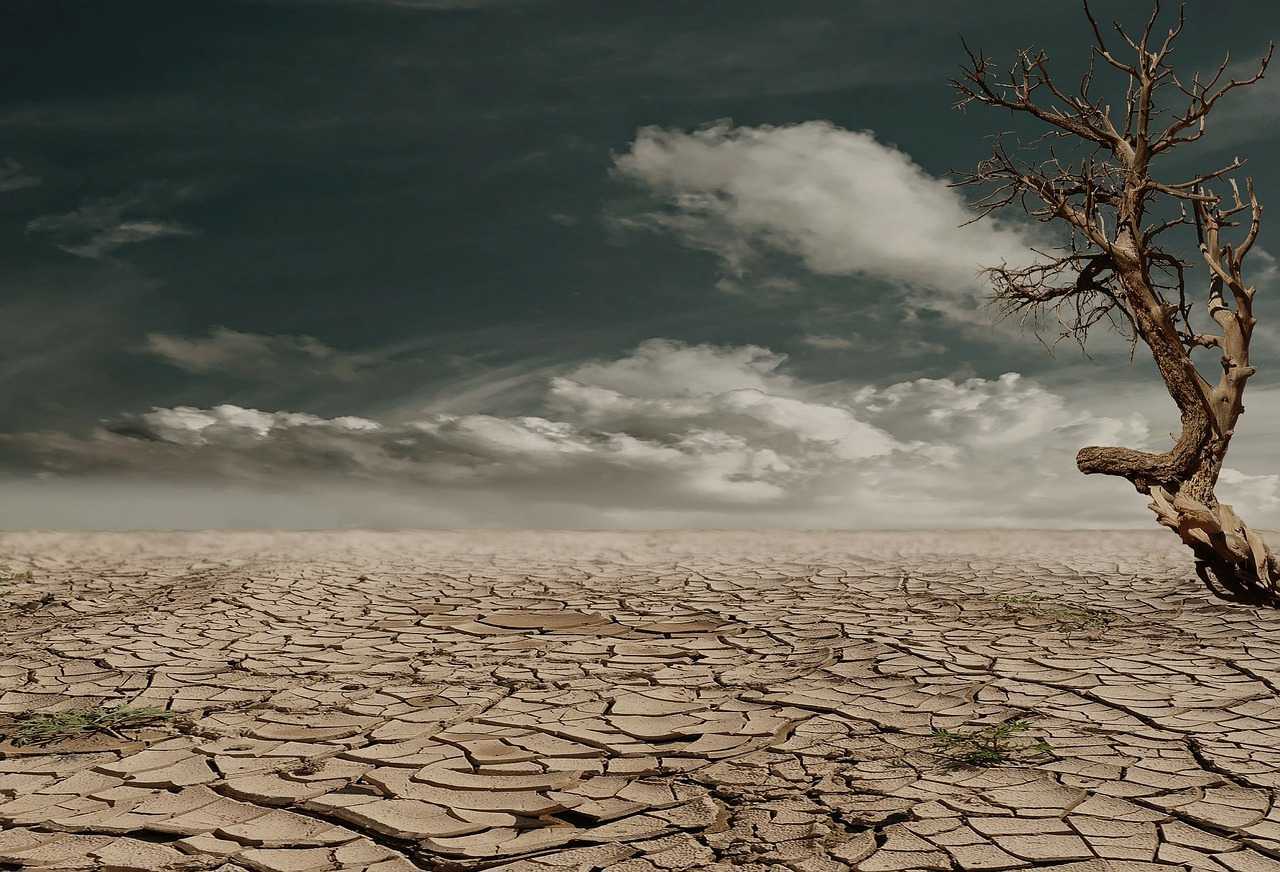Introduction of Indian Poetics
Monday, February 28, 2022
Indian Poetics
Introduction of Indian Poetics
Sunday, February 27, 2022
W.B Yeast :Poem Analysis
William Butler Yeast
Sunday, February 20, 2022
The Waste Land
T.S Eliot is very famous and interesting poet in the English literature. Thomas Stearns Eliot born in 26 September 1888 – 4 January 1965, "one of the twentieth century's major poets", was also an essayist, publisher, playwright, and literary and social critic. Born in St. Louis Missouri to a prominent Boston Brahman family, he moved to England in 1914 at the age of 25 and would settle, work, and marry there. He became a British Subject in 1927 at the age of 39, subsequently renouncing his American passport.
To Carthage then I came
Burning burning burning burning
O Lord Thou pluckest me out
O Lord Thou pluckest
burning
So, The word burning pointed out detachment from all the so called human desire.
What the Thunder Said
"Datta, Dayadhvam and Damyata,
Shantih, Shantih, Shantih."
First Da for Datta ,Second Da for Damyta Third Da for Dayadhavam ,Which means Giver, Compassion, Self-Control .
Shantih is repeated three times for getting freedom from all disturbance. Thus Eliot ends poem 'The Wasteland' with hope.
4) Is it possible to read 'The Waste Land' as a Pandemic Poem.
Yes it is possible T.S. Eliot in his poem, The Waste Land. Eliot wrote it in the aftermath of the Spanish Flu and the first world war between 1918 and 1920.It was published in 1922 three years after World War One, The Waste Land records the horror of the aftermath. Composed of five parts and a total of 433 lines.
The poem weaves in various myths and allusions to depict intense emotions, highlighting the consciousness of the alienated human mind. There are several lines in the poem that resonate today, one hundred years later.
Eliot could have meant by describing April, the beginning of spring in most of the western hemisphere, as the cruelest month; and realized for the first time that he was referring to hope and disappointment. Hope could hurt and the advent of spring could hurt by not getting realized. T. S. Eliot and his wife, Vivien caught the virus in December 1918. Eliot’s attack was comparatively mild, though in a letter to his mother on December 8, 1918, he writes that it left him “so very weak afterwards.” Vivien then caught it and was much sicker; the virus, Eliot wrote, “affected her nerves so that she can hardly sleep at all.
”Globally, the pandemic killed between 50 and 100 million people, and the United States suffered more deaths in the pandemic than in World War I, World War II. The pandemic changed public life closing schools, and businesses and filling the hospitals as the coronavirus is doing now.
https://www.nationalheraldindia.com/cafe/rediscovering-the-waste-land-a-century-after-eliot-caught-the-spanish-flu
https://readdurhamenglish.wordpress.com/2021/11/04/why-the-many-voices-of-t-s-eliots-the-waste-land-speak-to-us-after-the-pandemic/
I.A Richards:- Verbal Analysis
Ivor Armstrong Richards 26 February 1893 – 7 September 1979, known as I. A. Richards, was an English educator, literary critic, and rhetorician. His work contributed to the foundations of the New Criticism, a formalist movement in literary theory which emphasized the close reading of a literary text, especially poetry, in an effort to discover how a work of literature functions as a self-contained and self-referential aesthetic object.
Wednesday, February 9, 2022
Robert Frost and Bob Dylan
Monday, February 7, 2022
Frame Studies on The Great Dictator and Modern Times
- Charlie Chaplin (Adenoid Hynkel/Jewish Barber)
- Paulette Goddard (Hannah)
- Jack Oakie (Benzini Napoloni)
- Reginald Gardner (Commander Schulz)
- Henry Daniell (Garbitsch)
- Billy Gilbert (Herring)
Students Assignments B.A Sem1,3,5 & M.A Sem1
Click on the names to read students blog Semester 1 Skill Enhancement Course(SEC) Students Assignment Nidhi Parekh Devyaniba ...

-
Click on the names to read students blog Semester 1 Skill Enhancement Course(SEC) Students Assignment Nidhi Parekh Devyaniba ...
-
A Comparison between movie Omkara by Vishal Bhardwaj and a play Othello by William Shakespeare Omkara is directed by Vishal...
-
Thinking Activity Introduction of Gabriel Okara Gabriel Okara, in full Gabriel Imomotimi Gbaingbain Okara, (born Ap...



































